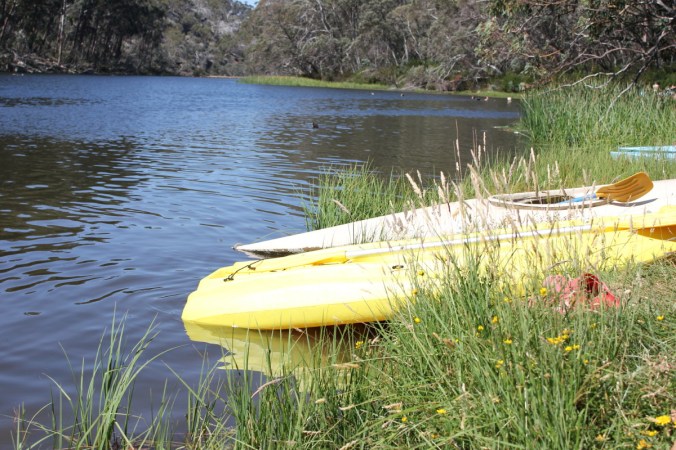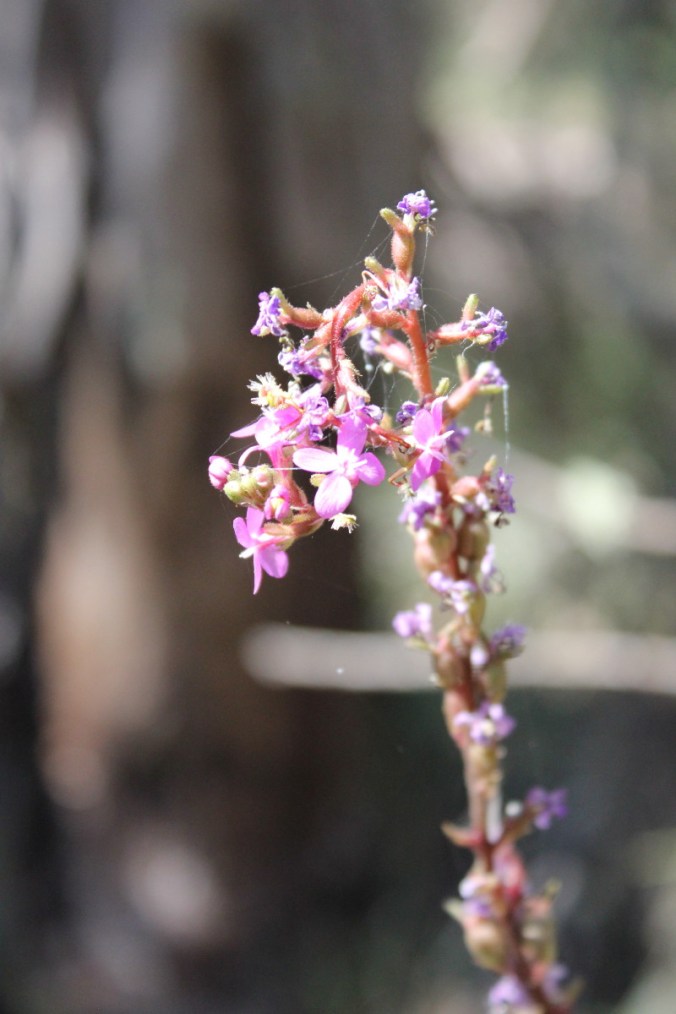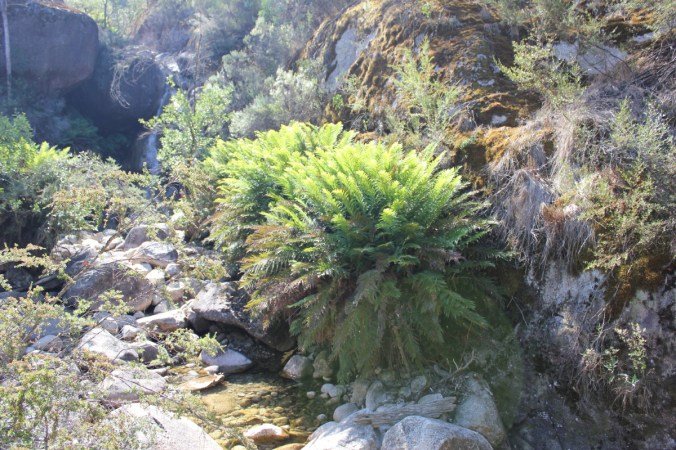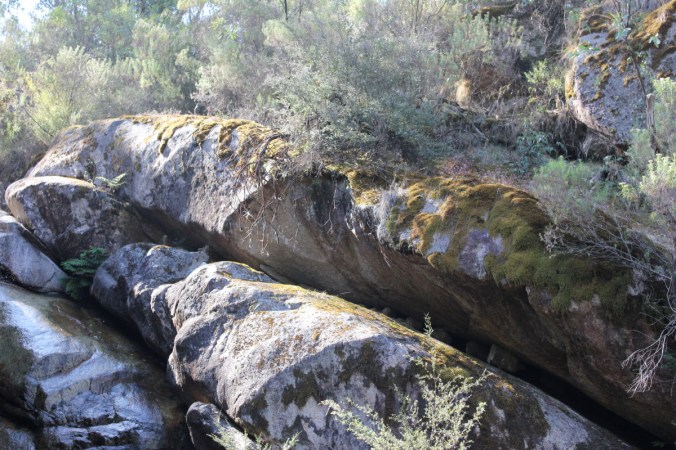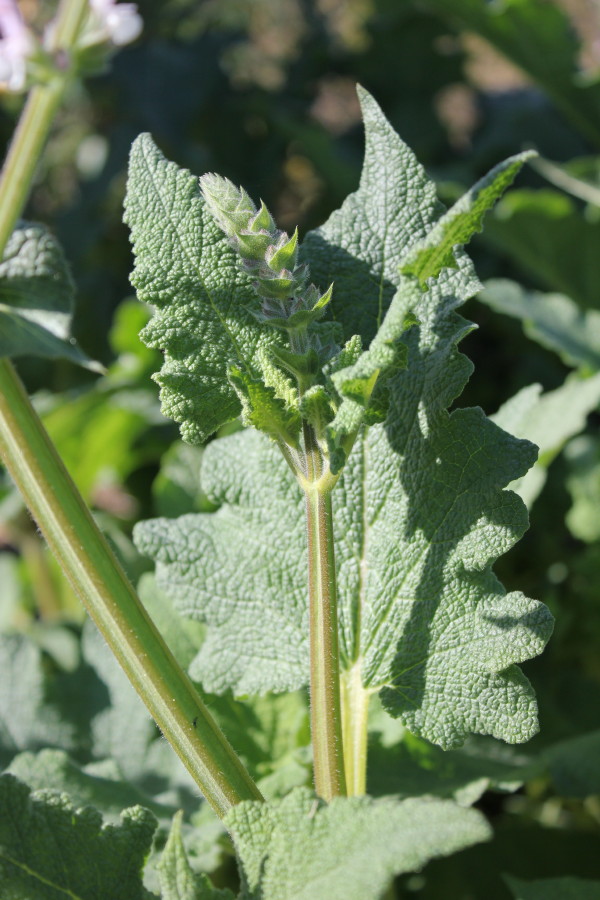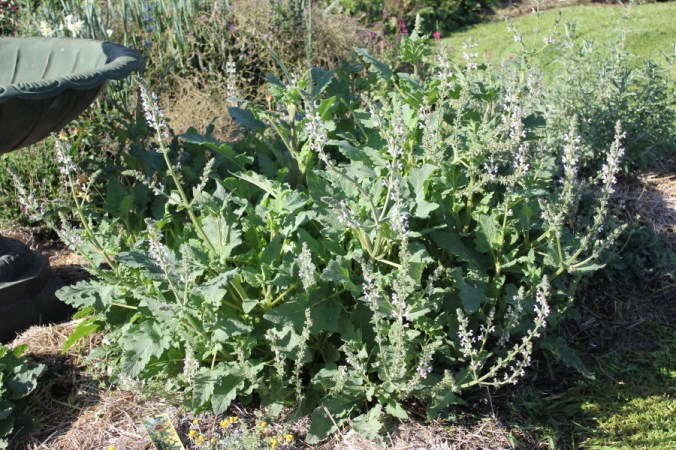Hi there!
Hope you have all survived the start of the new year and broken all those new year resolutions you have made. Here’s a tip, they can be made anytime of the year and need to be followed through. Don’t procrastinate like me! To the matter at hand then.
Latrodectus hasseltii
is the scientific name for a certain type of spider which is quite common in this country and likes to live close to humans. It loves to build nests in dry spots like kids toys, old tyres, sheds, empty tins and under metal, dry spots anywhere really and in the outhouse of course. Please check under that toilet seat! I’m pretty sure by now you know that I’m talking about the Redback Spider.

It was quite common to find them in the Outhouse(outside toilet). Historical data shows that bites were common on the genitalia of victims until toilets were moved into houses. Ouch! Data shows that now most bites are on the fingertips then arms and thighs, trunk and then head and neck. Bites on the head and neck have increased since the use of safety helmets and earmuffs. Make sure you check them before putting on!!!!
I found somewhere between 4-8 under a kids slide the other day. I wasn’t concerned about the exact number, just wanted to get rid of them all. The Redback and its relatives in the genus Lactrodectus are among the most dangerous spiders alongside the Funnel Webs and others. Well wouldn’t you know it we have both those here. The Redback is responsible every year for more poisonous bites than any other venomous creature in Australia, and yes we do have lots of nasty creatures. Estimates are over 2000 bites per year and nearly all of these are caused by the female because of its large size in comparison to the male Redback. Here’s a female below lurking under a slide.

Here’s the good news. Since the antivenom was introduced in 1956, no human has died directly from a bite. Although 12 people have been killed prior to 1956 due to Redback bites. The female has a body about 1cm long with the first pair of legs longer than the rest. The round abdomen is black(sometimes brown) with a red stripe(sometimes orange). The male in comparison is only 3-4mm long and light brown in colour with white marks on the upper surface of the abdomen and a pale hourglass mark on the underside. Females always get the looks don’t they! Redbacks are mostly nocturnal and remain concealed during the day with the female spinning her web during the night. Females also usually remain in the one location for the majority of their adult life. The web is an irregular tangle of fine strong silk. The rear part of the web forms a funnel, this is where you will find the spider and its egg sacs. You can sort of see the funnel shape below behind the unsuspecting insects who are no more.
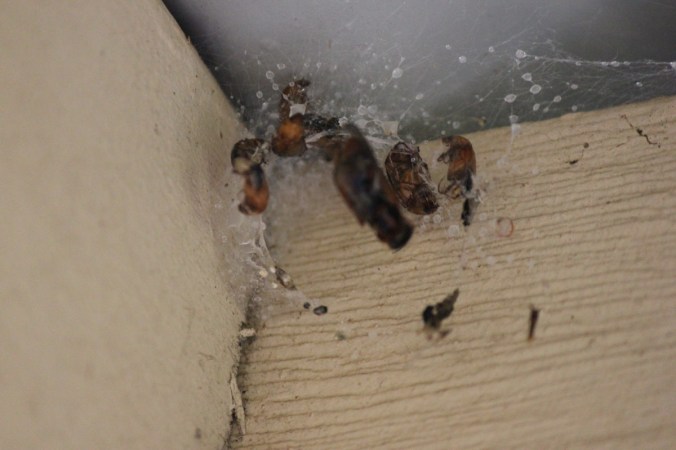
Redbacks like to feast on insects, sometimes larger animals are ensnared in the web. Once trapped in the web, the victim is sprayed with a substance a bit like superglue to immobilize it. It is then repeatedly bitten and trussed and taken into the web where its liquified insides are sucked out. Here’s another view of the spider.

Redbacks are one of only two known animals where the male actively assists the female in its death during mating. During mating the male moves its abdomen over the females mouthparts. In most cases the male is consumed while mating. Those males that are not eaten during mating die soon after from their injuries. Hmmmm. This is a dangerous beast!

These little beasts have now been found in small colonies in parts of New Zealand. They have also been seen in United Arab Emirates, greenhouses in Belgium, Preston in England. Two were discovered in an Iranian port city. Some observations indicate that they could be present in New Guinea, India and the Philippines. Osaka, Japan have colonies, also Fukuoka city. Many hundreds have been found at the container terminal in Fukuoka.

Yes, it’s a scary looking creature, yes, it’s a dangerous creature, yes, it’s a fascinating creature, and yes, you should wear gloves in the garden. Remember this, no one has died from this spider since 1956 but you may be a little sore and sorry though if you do get bitten. Watch out!!
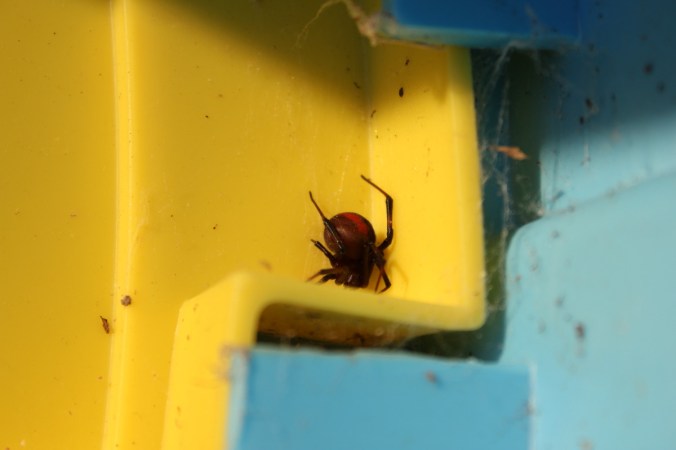
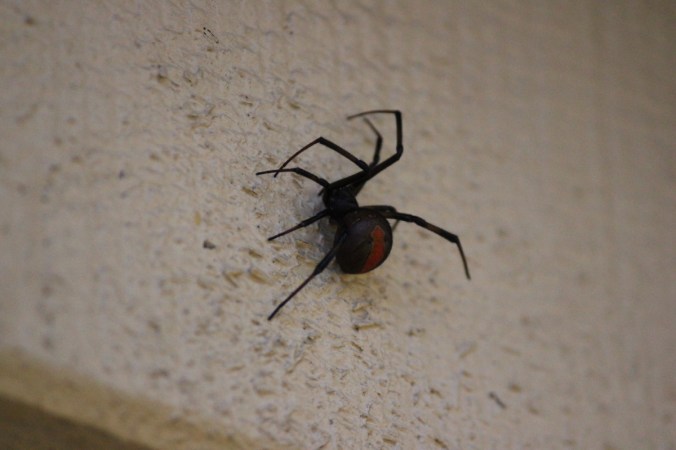
Cheers!
